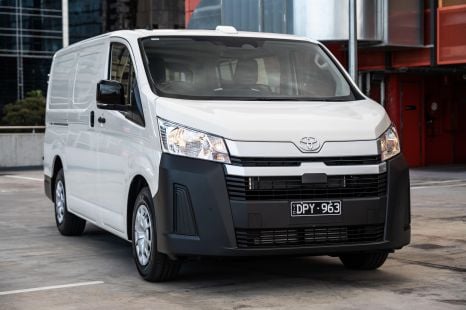

Max Davies
2026 Toyota HiAce review
3 Hours Ago
Porsche has taken its time with the Cayman GT4 RS, but the finished product was worth the wait.
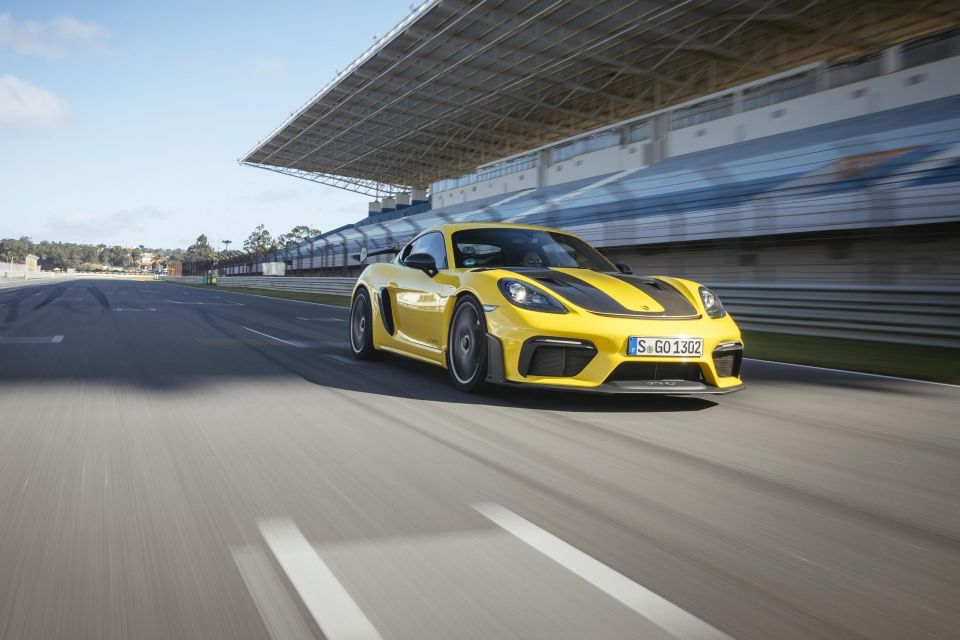
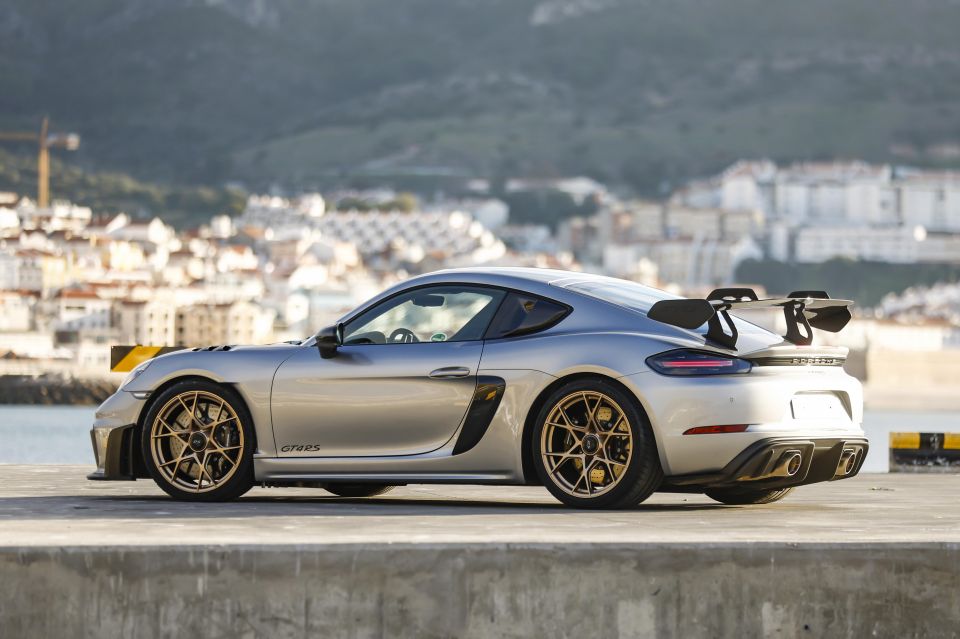

Quickly see how this car stacks up against its competition. Select any benchmark to see more details.
Where expert car reviews meet expert car buying – CarExpert gives you trusted advice, personalised service and real savings on your next new car.
This mid-engined missile started life as a skunkworks project; a mule with the engine from a 911 GT3 RS rotated and shoehorned into its engine bay to prove a 718 Cayman GT4 RS would work.
The project “started with a car, and not with a PowerPoint presentation”, according to Andreas Preuninger, head of the GT division at Porsche. Rather than winning over the bean counters with numbers, his team had the RS approved by putting a big smile on the board’s face.
If that first mule was anything like the finished product, it’s easy to see how the project was given the green light.

The 2022 Porsche 718 Cayman GT4 RS is more than a development of the GT4. Both have 4.0L engines, but the RS gets the unit from the latest 911 GT3, stratospheric 9000rpm redline and all. It took some clever engineering to make it fit, including new air intakes where the rear quarter windows once sat, but it’s right at home there now.
With front suspension derived from the previous 911 GT3 and Cayman GT4, the RS has a 6mm wider front track than the current GT4. It’s 8mm wider down back, and runs spring rates inspired by the 911 GT2 RS.
Then there’s the aerodynamics. The GT4 RS makes 25 per cent more downforce than the GT4, thanks to its massive swan-neck rear wing and revised underbody bits.
The numbers are impressive, but they don’t tell the full story. The proof is in the driving.
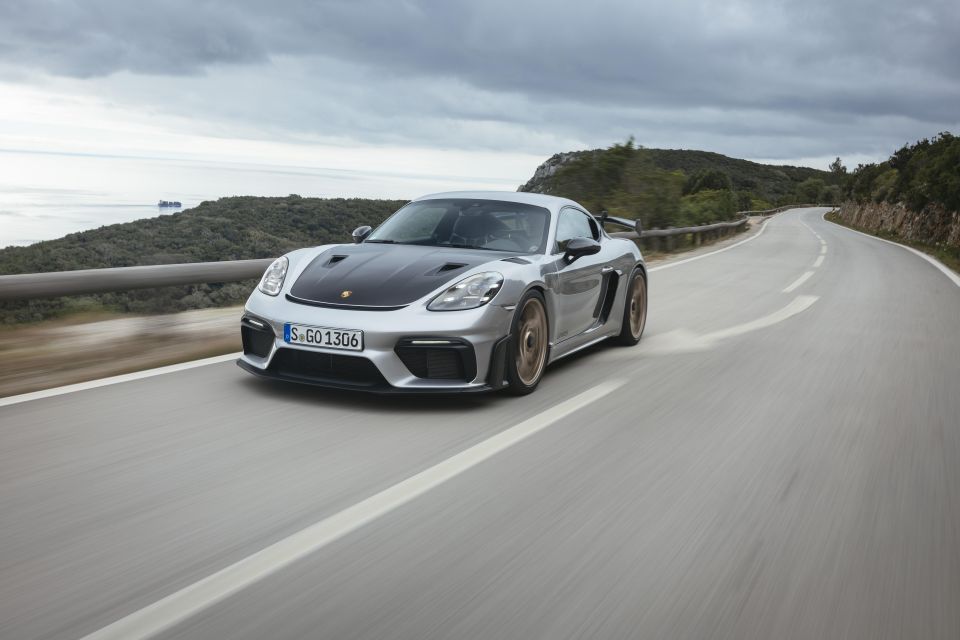
The 718 Cayman GT4 RS is priced from $300,800 before on-road costs and options, up from $211,690 before on-roads for the 718 Cayman GT4.
It sits below the bigger 911 GT3 ($369,600 before on-roads) on the price list, instead sitting around the same mark as a 911 GTS or Carrera 4S Cabriolet.
There aren’t any rivals with an overt track focus around the Cayman GT4 RS price point. Mercedes-Benz doesn’t have a mid-engined AMG Black Series car, although the AMG GT R lines up relatively neatly with a heavily-optioned RS on paper.
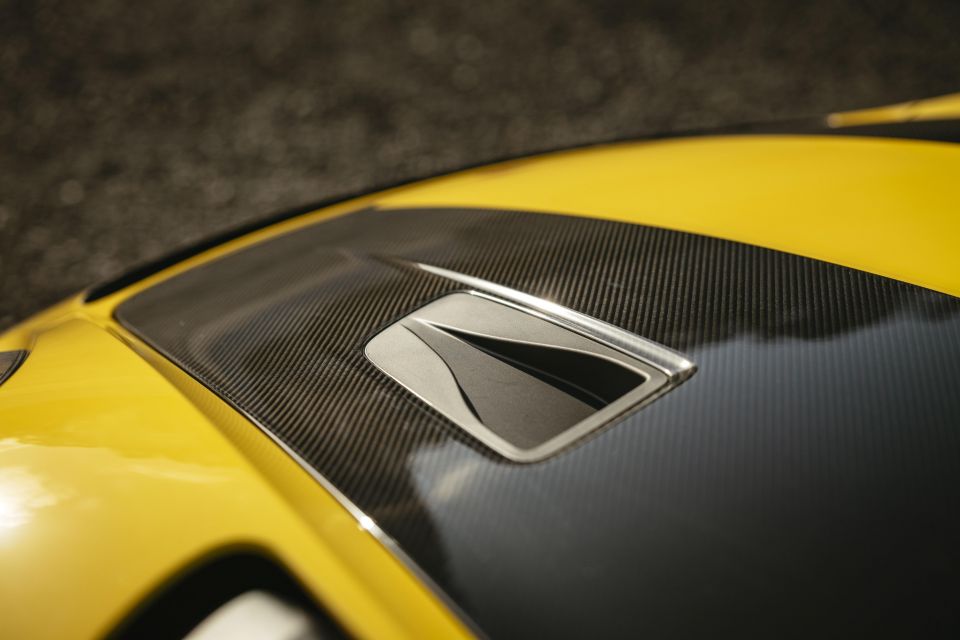
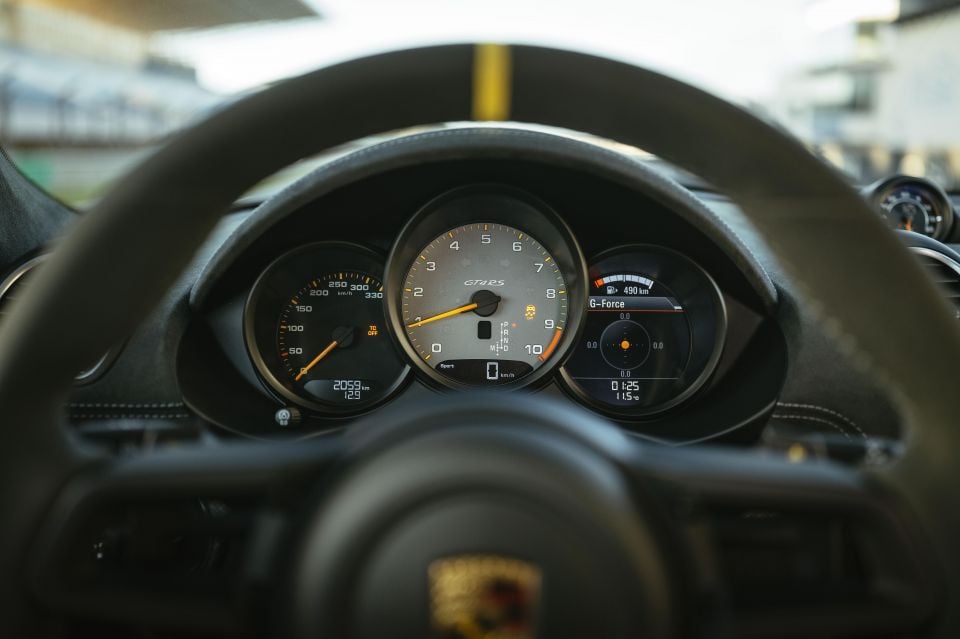
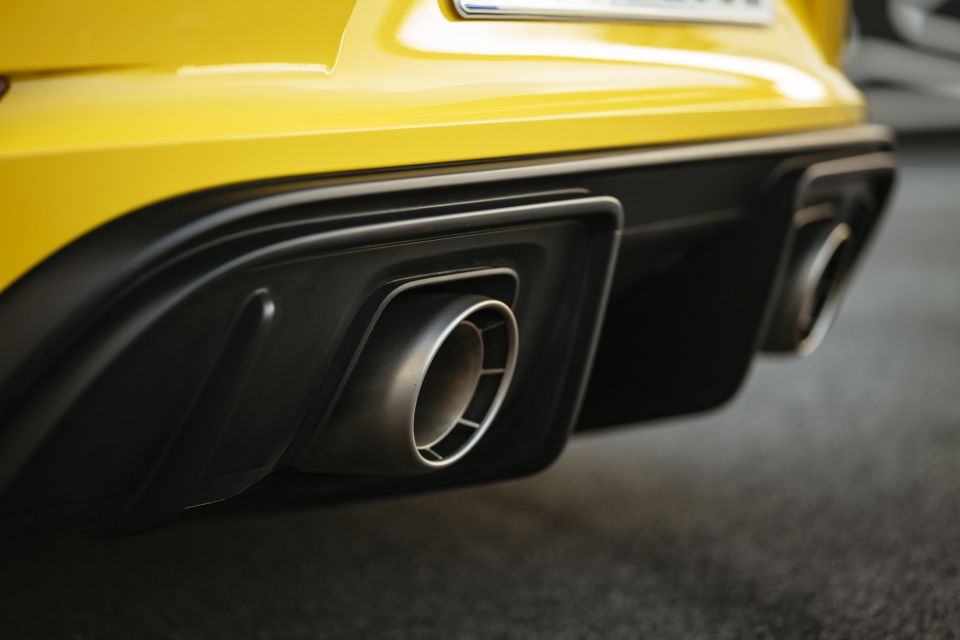
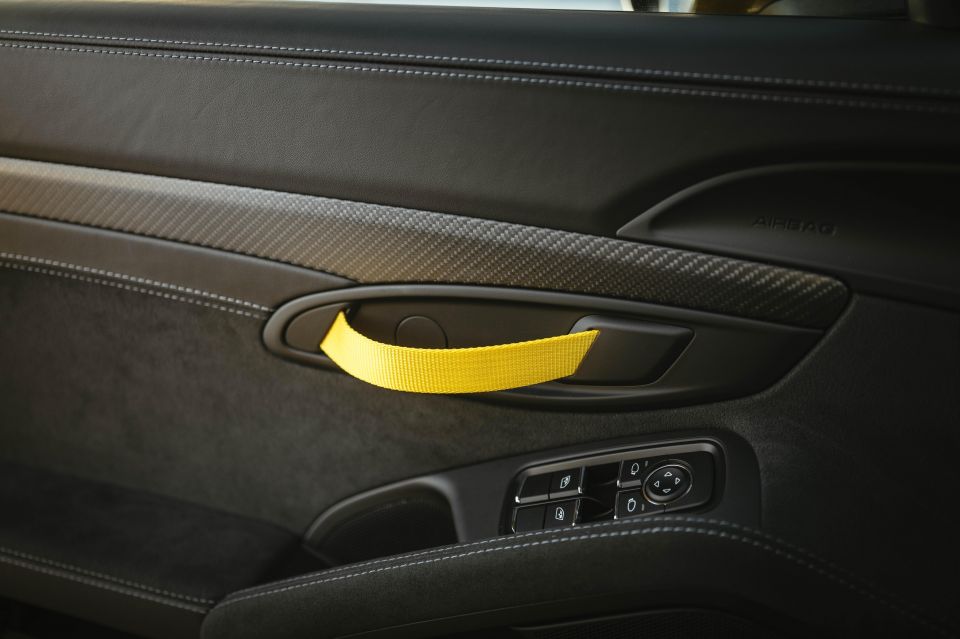
Buy your new car without the stress. It's fast, simple and completely free.

Great service from Travis and team, second time I have used this business would not hesitate to recommend them to anyone
Craig C.
Purchased a Ford Ranger in Sunshine Coast, QLD
CarExpert helped Craig save thousands on his Ford Ranger, now let us save you on your next new car.
Find a dealGiven it’s the most expensive Cayman or Boxster money can buy, the RS has a motorsports-focused equipment list, but you’ll need to get busy with the options list for the full-on RS experience.
Standard kit includes:
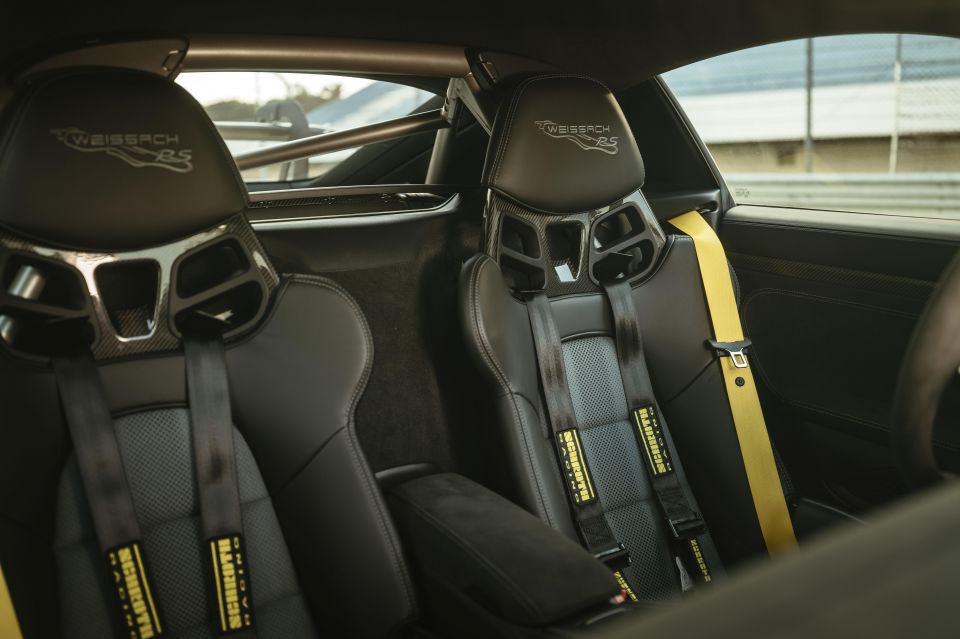
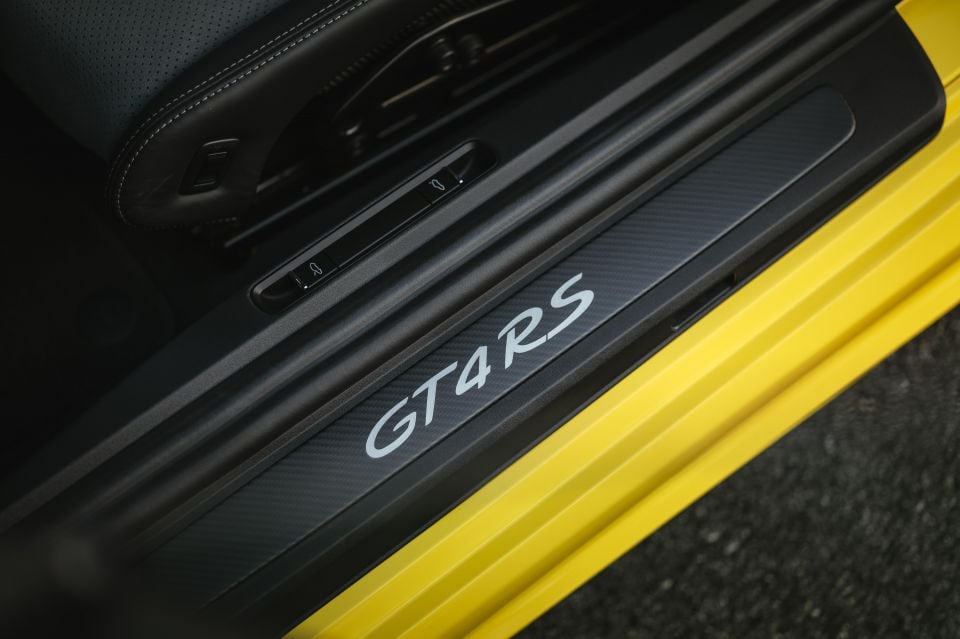
There are a number of key options for the GT4 RS, led by the Weissach Pack. It’s not cheap at $23,820 with no roll cage or $29,890 with a titanium cage, but it does take the RS to its logical track-ready conclusion with:
Carbon ceramic brakes are a $14,960 option, while magnesium wheels are a (deep breath) $28,110 addition to the Weissach Pack.
The nose lifter is mandatory. It’s a $4900 option, but will save you plenty of heartache over speed bumps and driveways. I’d also be stumping $520 for the Chrono Pack, which gets you the cool clock atop the dashboard.
All told, $6070 special colours included, my ideal GT4 RS would cost $357,140 before on-road costs. Steep, but still less than a 911 GT3 with no options added.
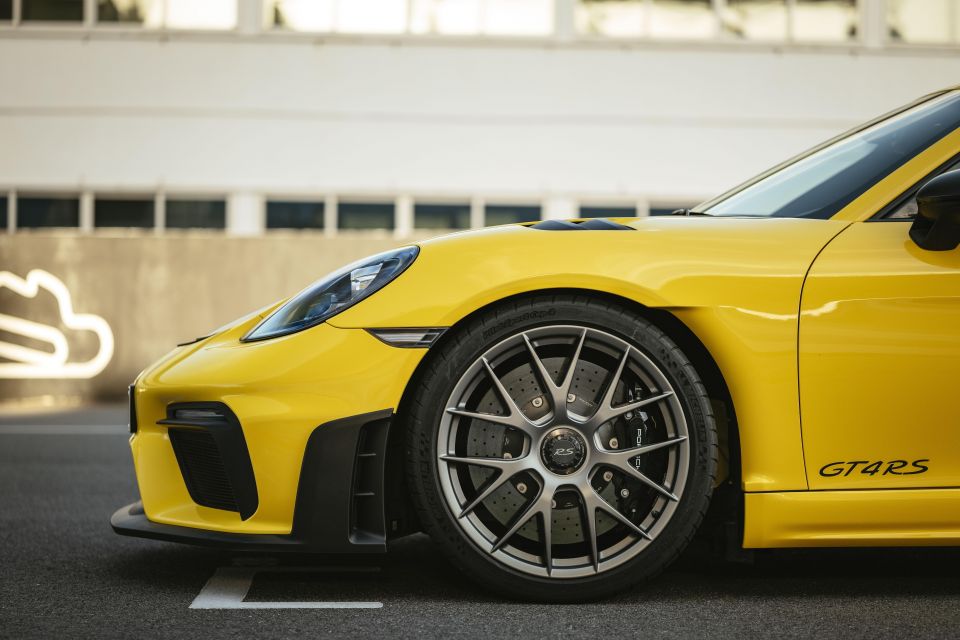
The Cayman GT4 RS has four airbags, but very little in the way of active safety assists.
Aside from the likes of ABS, traction control, and stability control, there’s no blind-spot warning, autonomous emergency braking, lane-keep, or rear cross-traffic here, nor is there adaptive cruise control.
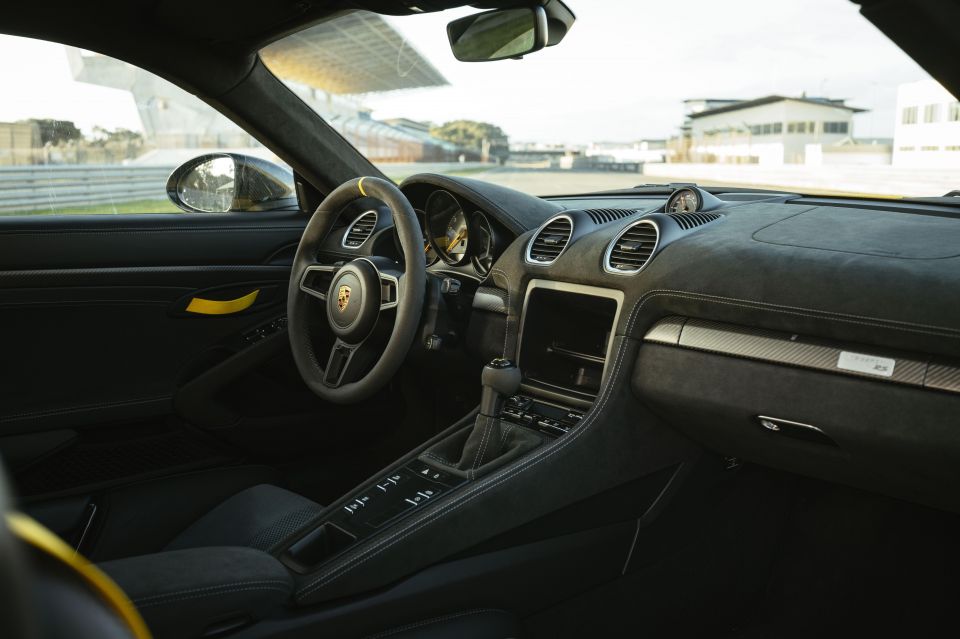
All the test cars at the Portugal launch of the GT4 featured either the Clubsport or Weissach packages, which means they had roll cages and six-point harnesses.
Combined with the fixed-back carbon bucket seats lifted from the 918 Spyder, they make for a cabin dripping with motorsports intent.
There wasn’t much wrong with the GT4 and the regular seats, but the racier buckets drop you lower in the car, and free up more legroom if you’re tall like me. They’re a $10,000 option in the GTS and regular GT4.

The driving position is excellent, and the amount of support on offer when you’re really going for it is unmatched. Electric seats are optional, but to option them feels like missing the point.
The driver grasps a compact steering wheel trimmed in suede, complete with yellow marker at 12 o’clock. There are no buttons to play with; there’s a stalk behind the wheel to control the colour display on the right-hand side of the instrument binnacle.
That binnacle feels decidedly old-school compared to the flashier dual-screen setup in the 911 and Cayenne, but that isn’t necessarily a bad thing. Who needs screens when the rev counter runs to 10,000rpm?

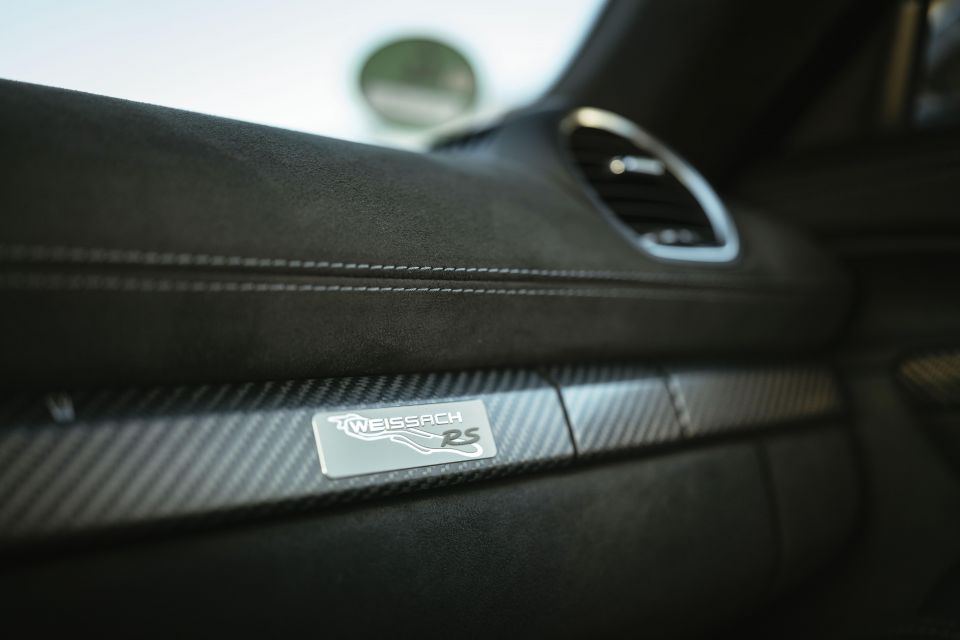
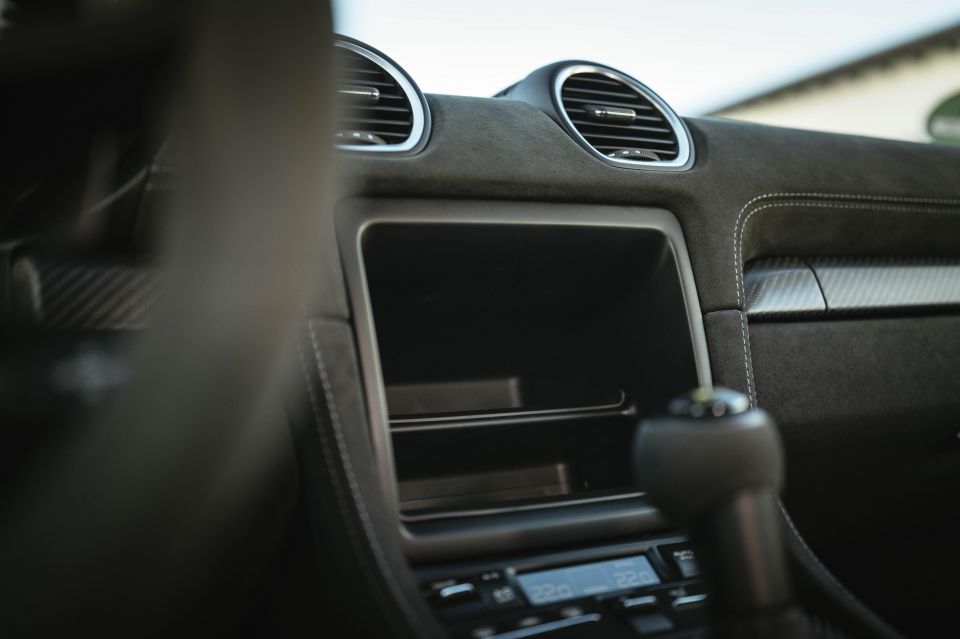
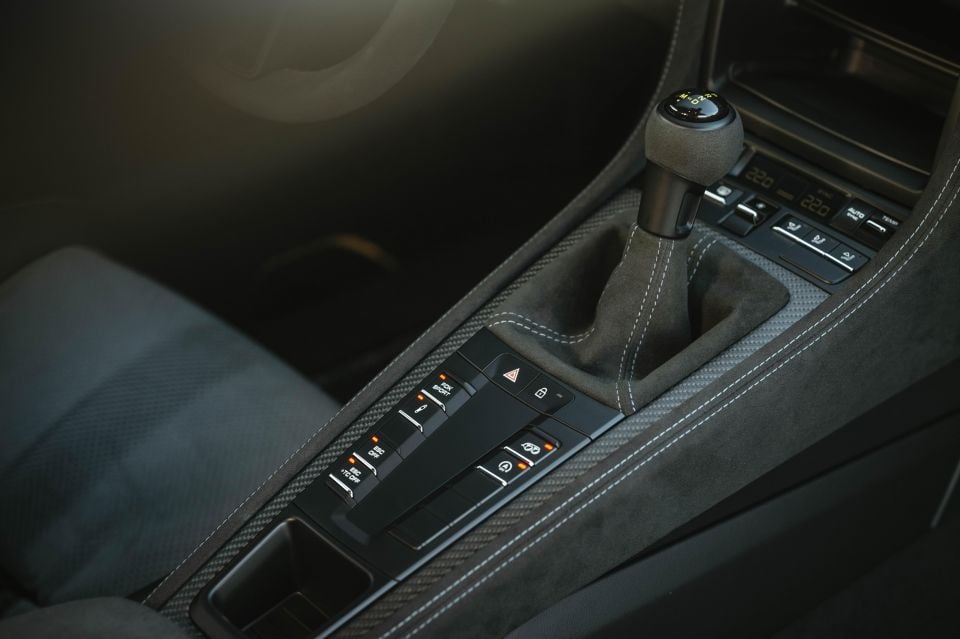
Provided you haven’t ticked the box to have it removed, the infotainment system is the same 8.0-inch touchscreen setup from the wider Cayman and Boxster range.
We didn’t spend much time menu-diving down the back straight at Estoril, but previous experience has proven it’s a simple enough system to use.
The reversing camera is handy, given the rear mirror is full of roll cage and wing, and wired Apple CarPlay is on hand for people who want to avoid Porsche’s interface.
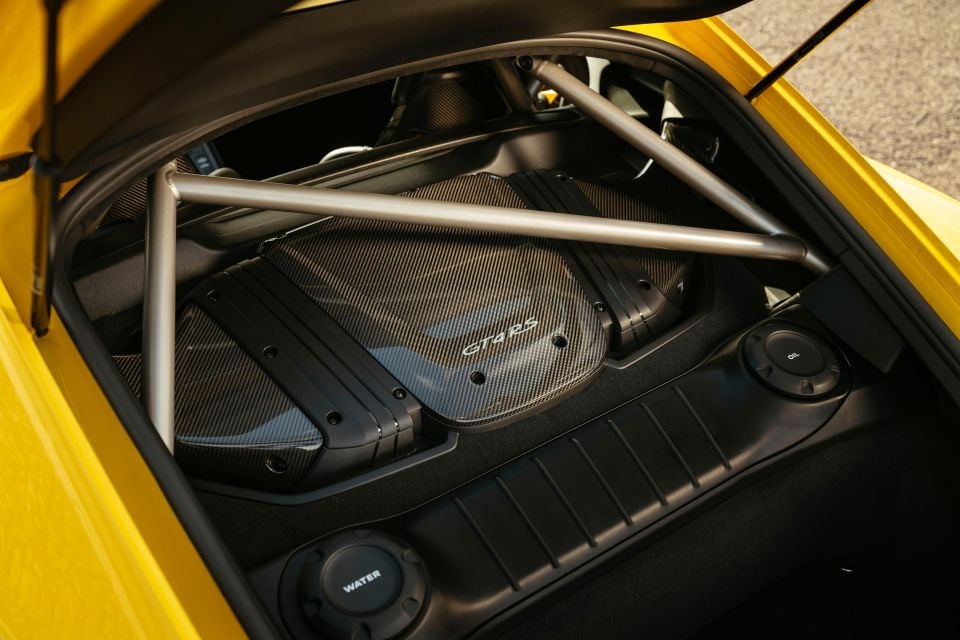
Porsche has repurposed the 4.0-litre flat six from the 911 GT3 in the 718 Cayman GT4 RS, rather than a development of the engine used in the ‘regular’ GT4.
Why? The GT3 engine is essentially a race motor with extra emissions controls, and features a 9000rpm redline. It was simpler and more affordable for Porsche to repackage that engine than to rework the GT4 engine, with its 8000rpm redline, for duties in the RS.
Repackaging the engine wasn’t simple. The exhaust and air intake systems are new, as are the coolant, engine oil, and vacuum mounting points.
Peak power is 368kW at 8400rpm, down 7kW on the 911 GT3 because the longer new exhaust necessitated by the Cayman’s mid-engined layout creates more back pressure. Peak torque is 450Nm, on tap at 6750rpm.
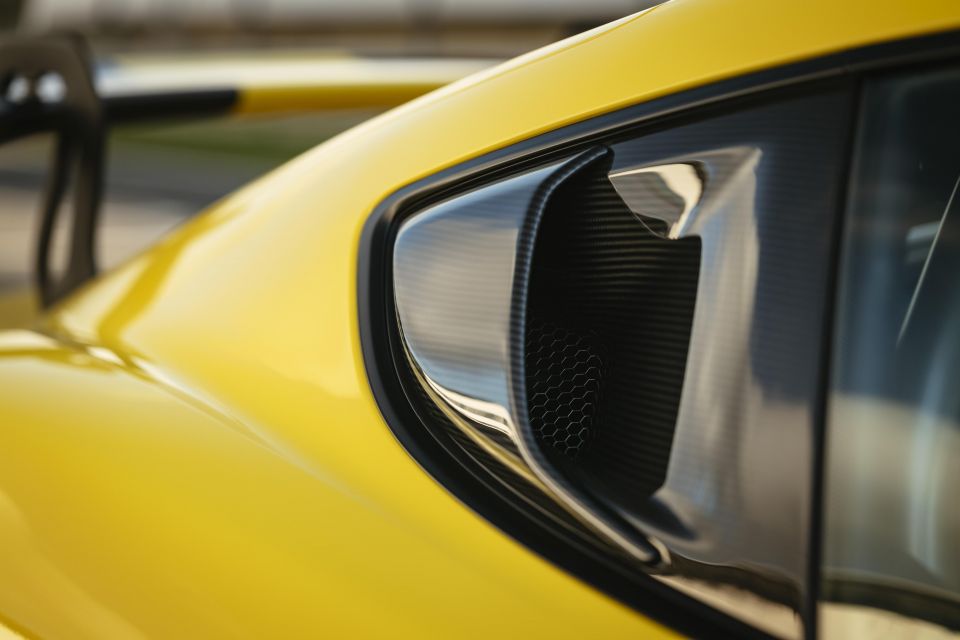

Porsche considered a manual transmission, according to the GT4 RS project leader, but the six-speed gearbox from the GT4 couldn’t handle the torque on offer in the RS, and making the 911 GT3’s transmission fit would have been prohibitively expensive.
The standard transmission is a seven-speed PDK, running the shorter gear ratios of the last 911 GT3 RS. The rear differential ratio is also shorter.
Despite its higher redline, you bang into the rev limiter at 116km/h in second gear driving the RS, compared to the 124km/h in the GT4 PDK.
The 100km/h sprint takes a claimed 3.4 seconds, and flat out you’ll be doing 315km/h.
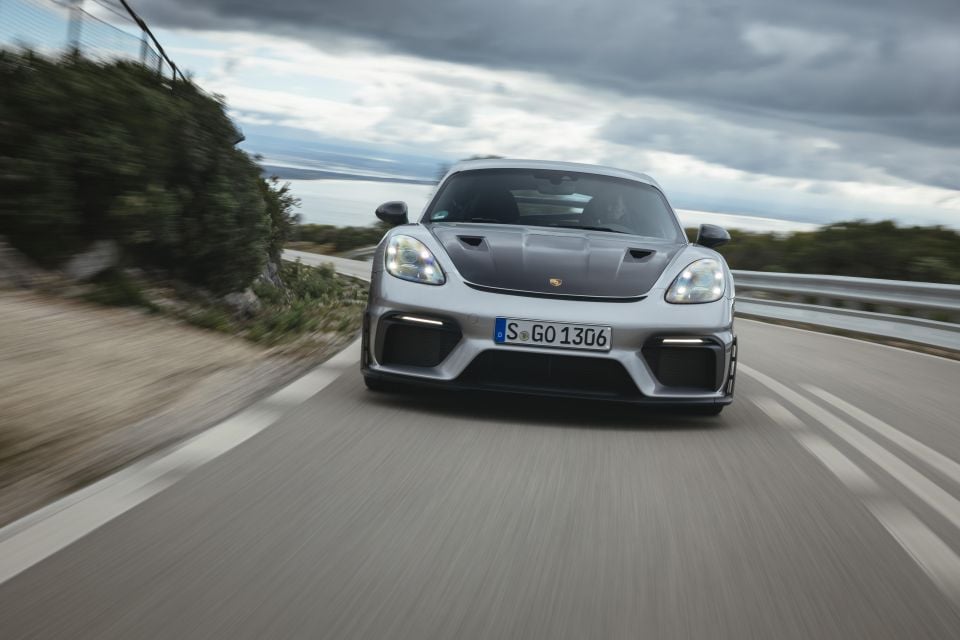
The narrow roads winding through the Portuguese villages around Estoril might not sound like a natural place to learn about the GT4 RS.
They’re tight – especially when you’re experiencing left-hand drive the first time in more than two years – and there are cyclists aplenty to keep you on your toes. Some of the cobblestone streets are nasty, and there are plenty of steep intersections and tight hairpins.
It’s not natural terrain for a wannabe racer, but the GT4 RS eats it up. The suspension is compliant in normal mode, the steering is light enough, and the compact exterior means you aren’t worried about scratching $300,000 worth of Porsche along a rock wall every time something wider than a Renault Twingo comes the other way.
Even at low speeds the RS feels purposeful, though. The nose lift isn’t nice to have, it’s a necessity, and the 4.0-litre engine is constantly making gruff motorsports noises.
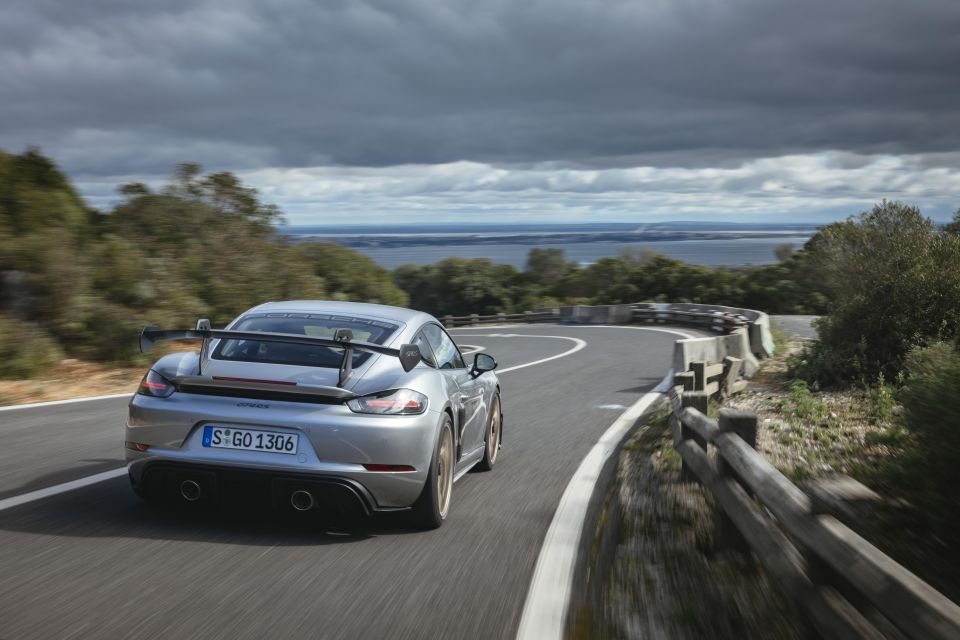
Then there’s the intakes. At low revs, before being drowned out by the engine and exhaust, it’s impossible to ignore their huffing and puffing. Their intensity is directly linked to your throttle position, like a vacuum-based reminder of how committed you’re being.
Tip into the throttle’s travel and Jesus, the GT4 RS gets a move on. It rips, shove building consistently through the mid-range before giving way to an intoxicating top-end rush.
It’s a totally different beast to the GT4, more muscular and urgent down low, and more intense as the skinny yellow rev needle swings past seven and eight, on its way to that 9000rpm redline. The soundtrack has layers to it, from the chuffing of the intakes down low to the classic flat-six bark through the mid-range, and a top end that’s pure thrash metal.
With constant traffic, it’s tough to really let loose on the road, but what brief opportunities exist reveal the RS isn’t flustered by mid-corner bumps or like you’d expect of an overtly track-focused car, although the tug of the steering wheel as the road’s camber changes is a reminder of how aggressively the RS is set up.
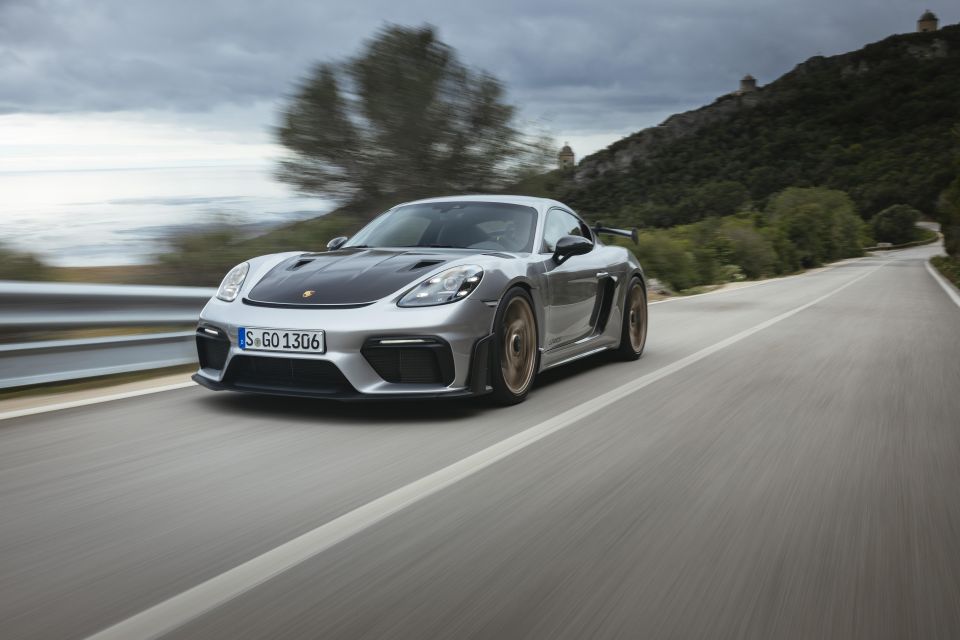
Where expert car reviews meet expert car buying – CarExpert gives you trusted advice, personalised service and real savings on your next new car.
Magic is how the Porsche engineers at the launch described the way a car with no rubber in its suspension knuckles or joints manages to breathe with the road, and race fun is the term they used to describe its demeanour on the road.
We can’t confirm or deny if it’s magic – smart engineering and some tricky spring and anti-roll bar rates seem more likely – but we can confirm the RS doesn’t feel like a racing refugee away from the track.
Back on the wide, smooth tarmac of Estoril, the GT4 RS immediately impresses. Our first two laps are sighters, with a Porsche racing driver showing the right lines and braking points in a 911 GT3.
He quickly ups the pace, though, and the RS starts to sing. It howls down the back straight, the PDK slamming home shifts at 9000rpm, until you’re nudging 260km/h and it’s time to slam on the brakes.
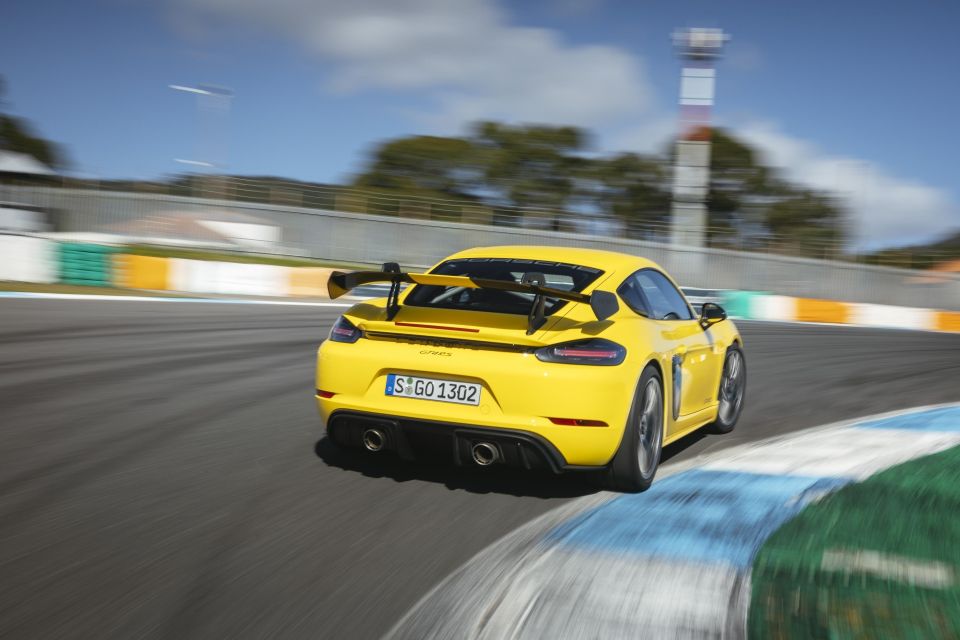
With little more than a gentle left-right tug of the steering wheel in your hand the GT4 RS stops, time and time again, so you can attack the kerb and jink right into the first turn.
The front brakes measure 408mm in the RS, up from 380mm in the GT4, and opting for the Weissach Pack means you get carbon ceramics instead of the standard steel units. Our track time was all in a Weissach Pack car.
The GT4 RS soaks up the Estoril kerbs and gets on with the job through turn one. After the first few laps it’s clear you can get on the power earlier and harder than you expect; traction from the (295 section) rear Michelins is so good, and the mid-engined Cayman chassis so balanced, there are no nasty surprises waiting if you get a bit too greedy.
Get greedy with the accelerator and back end will step out gradually. On the exit of turns one and two at Estoril you can build right up to that point and keep the car flowing towards the exit with a tiny touch of opposite lock, but it’s easy to take too much on the exit of turn four and trigger the traction control.

Rather than viciously cutting the power, it just bleeds back the engine’s torque to get things straightened out and lets you get on your way.
For all its racy seriousness, all the big wings and carbon bits, the RS doesn’t feel imposing when you get to know it.
The fast kink linking the back straights at Estoril is flat out in the Cayman, and you can take a huge chunk of kerb without upsetting the car. It just soaks it up, settling instantly.
The hairpin and its late apex at the end of the back straight are a chance to really lean on the car under brakes. Drive in deep and commit to turning as you’re bleeding out of the brake and the car rotates beautifully, allowing you to snap the throttle open earlier and unleash four litres worth of Flacht fury again.
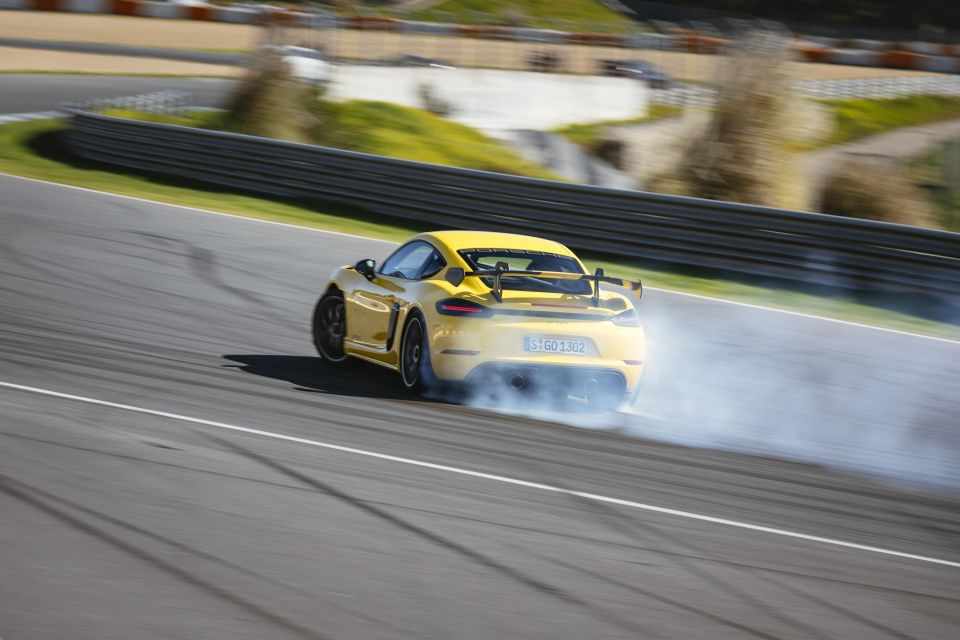
It really is furious, too. The way it pulls from low revs through the uphill chicane – the slowest part of the track – is so impressive given the lack of forced induction, and even the best turbo engines can’t match its razor-sharp response.
The fact the engine responds so precisely to little changes in throttle position through the loooonnngggg last corner allows you to play more precisely with the car’s balance than in turbocharged equivalents, and you’d never tire of the way it zings to 9000rpm.
Although having a manual option is always preferable, there’s no getting around how good the seven-speed PDK transmission is. It’s so fast and decisive, and makes such intelligent decisions under brakes or on part throttle, the paddles are an indulgence rather than a necessity on track.
The manual-style gear selector isn’t an example of parts-sharing gone wrong, nor is it designed to convince onlookers you ticked the box for a three-pedal Porsche. Instead, it’s been chosen to appease drivers who like taking a hand off the wheel and banging through the gears using the lever.
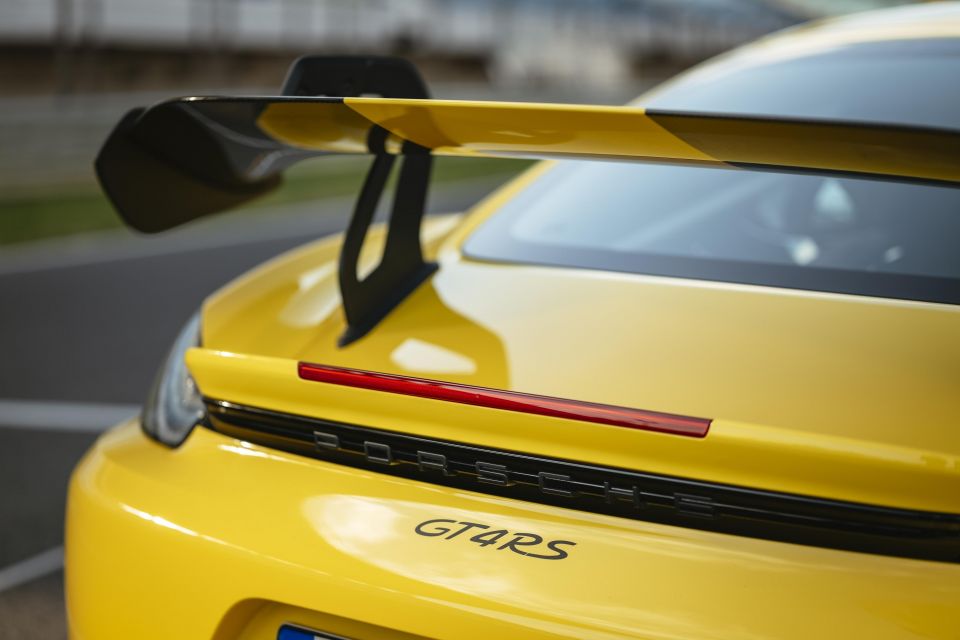
Porsche offers a three-year, unlimited-kilometre warranty across the board, as well as three-year paint warranty and 12-year rust coverage.
Maintenance is required every 12 months or 15,000 kilometres, whichever comes first.
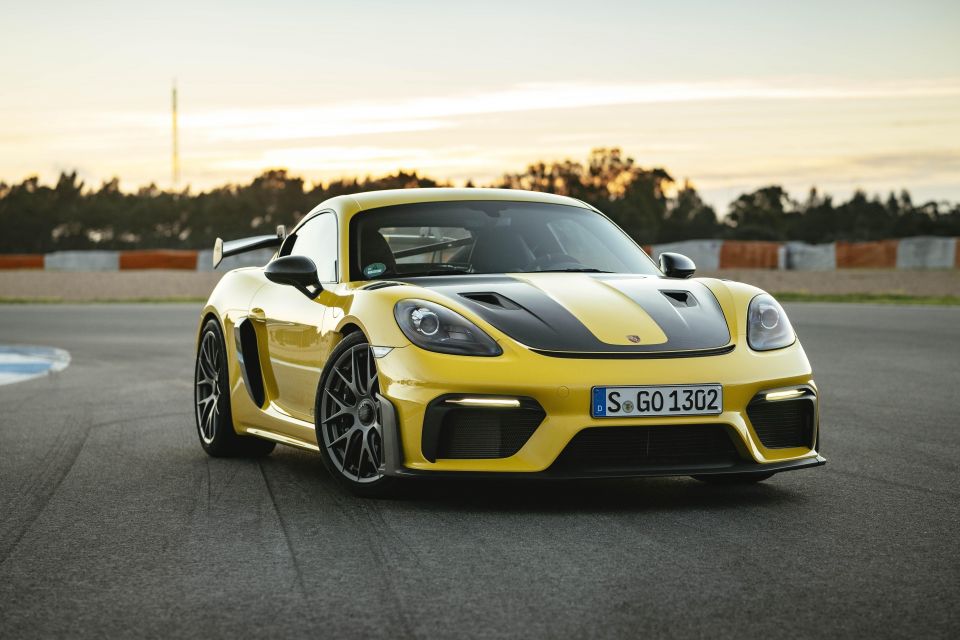
The Cayman has finally grown up. Maybe Porsche is tired of people asking why it won’t really let the Cayman loose, or maybe Andreas Preuninger and his team were emboldened by demand for the GT4.
Whatever the case, the 718 Cayman GT4 RS has us wondering what took so long.
It’s an angry little bastard on track, with a stunning engine and a mid-engined chassis that manages to feel razor-sharp and approachable at the same time.
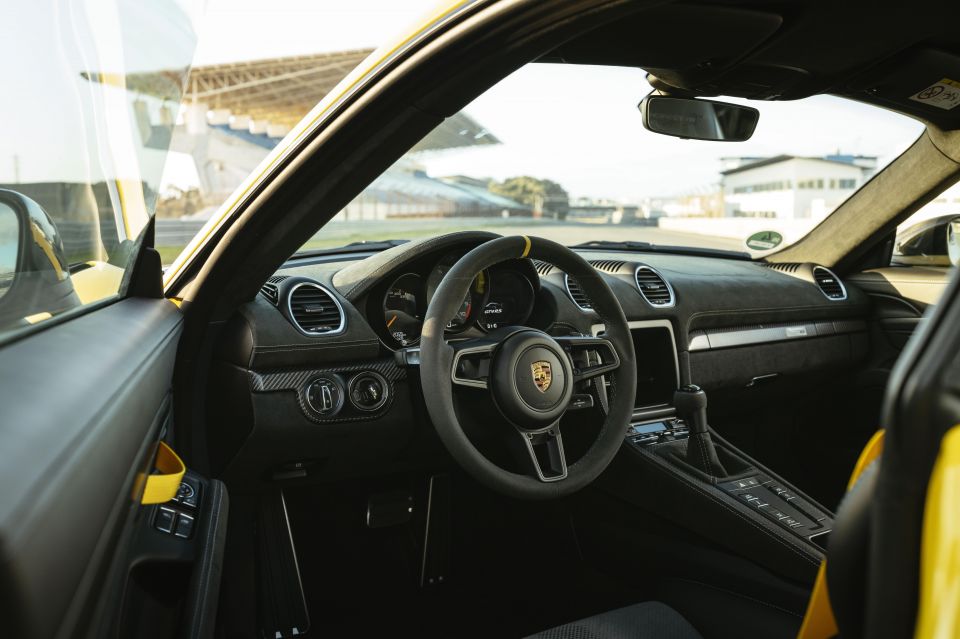
We’ll need more time behind the wheel to dig deeper into its on-road performance, but it’s clear Porsche has worked hard to ensure you can enjoy the most focused Cayman outside the confines of a track as well.
As for where it sits in the line-up of motorsports Porsches? The brand has made no bones about the fact it slots in below the 911 GT3 in the range, something reflected in its $300,000 price.
Yes, that’s a lot of money for a Cayman, but the GT4 RS really delivers. I’ll take mine in silver with the Weissach Pack, please.
Click the images for the full gallery
MORE: Everything Porsche 718
Where expert car reviews meet expert car buying – CarExpert gives you trusted advice, personalised service and real savings on your next new car.
Scott Collie is an automotive journalist based in Melbourne, Australia. Scott studied journalism at RMIT University and, after a lifelong obsession with everything automotive, started covering the car industry shortly afterwards. He has a passion for travel, and is an avid Melbourne Demons supporter.


Max Davies
3 Hours Ago
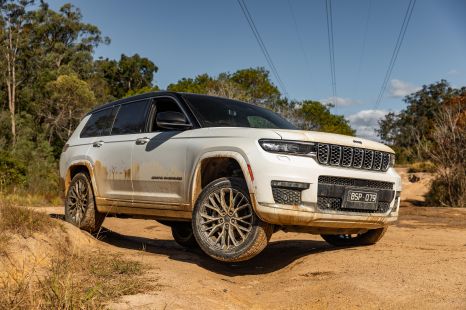

William Stopford
19 Hours Ago
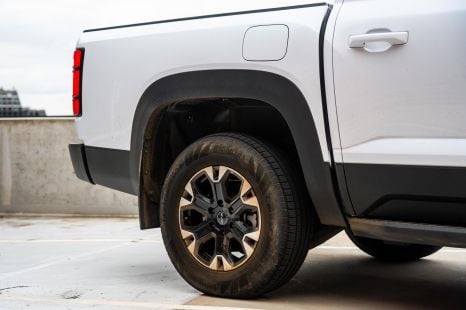

Ben Zachariah
20 Hours Ago
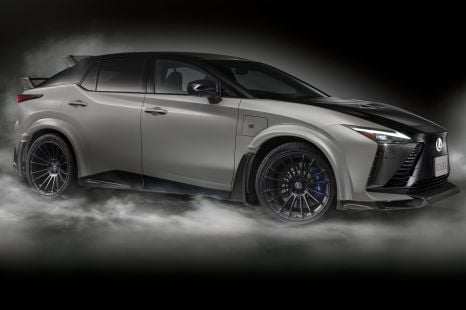

Derek Fung
20 Hours Ago
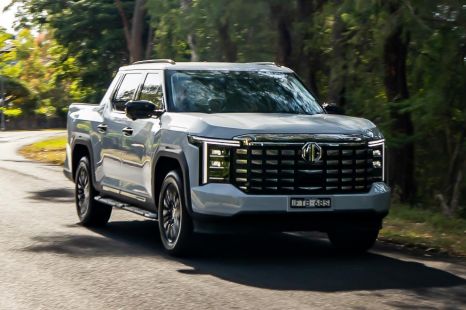

Matt Campbell
1 Day Ago
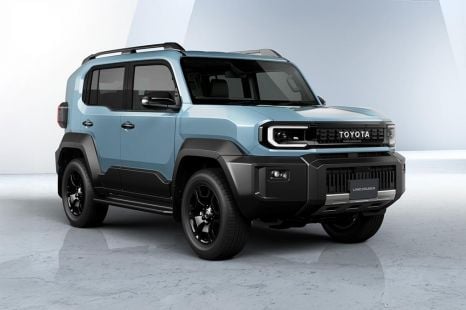

William Stopford
2 Days Ago